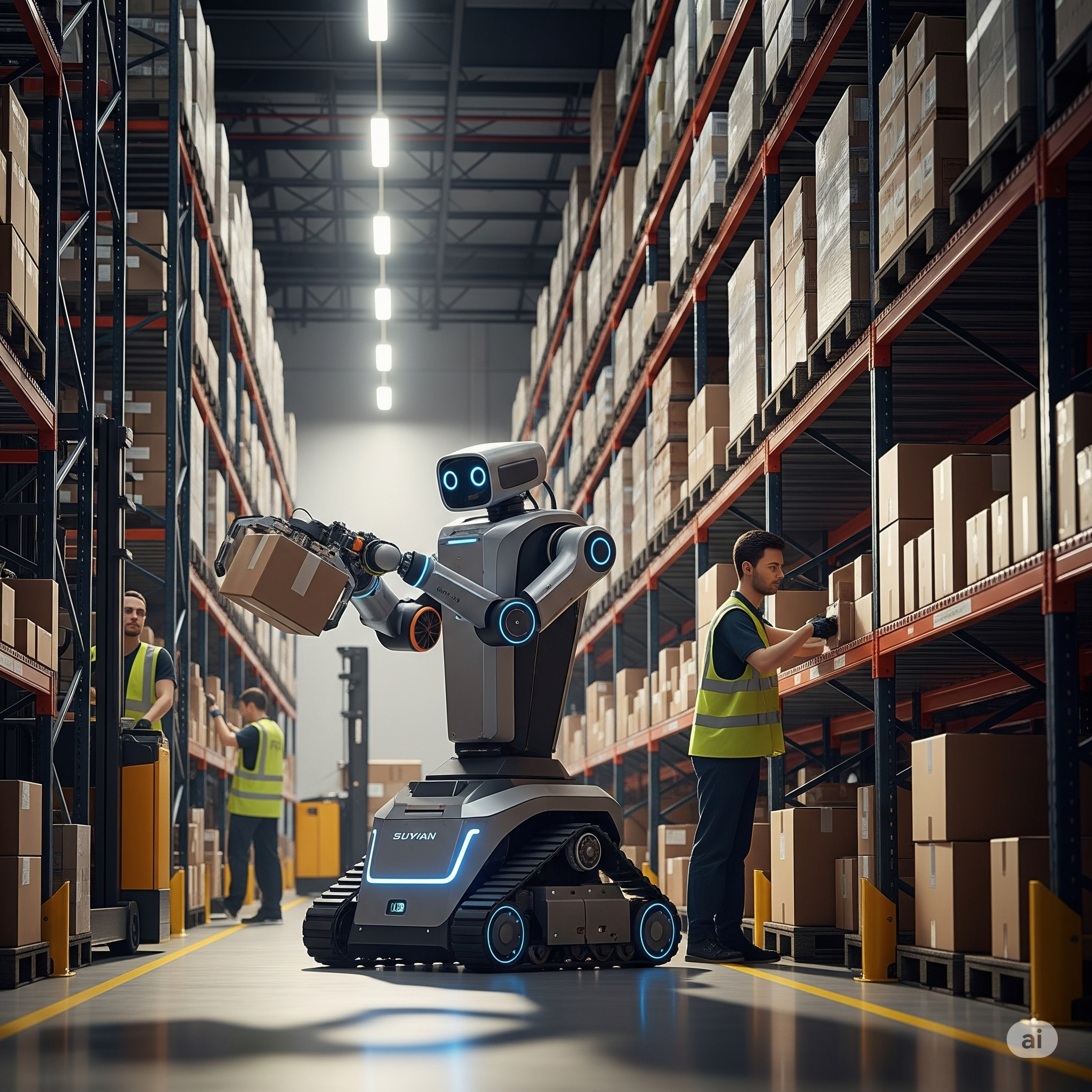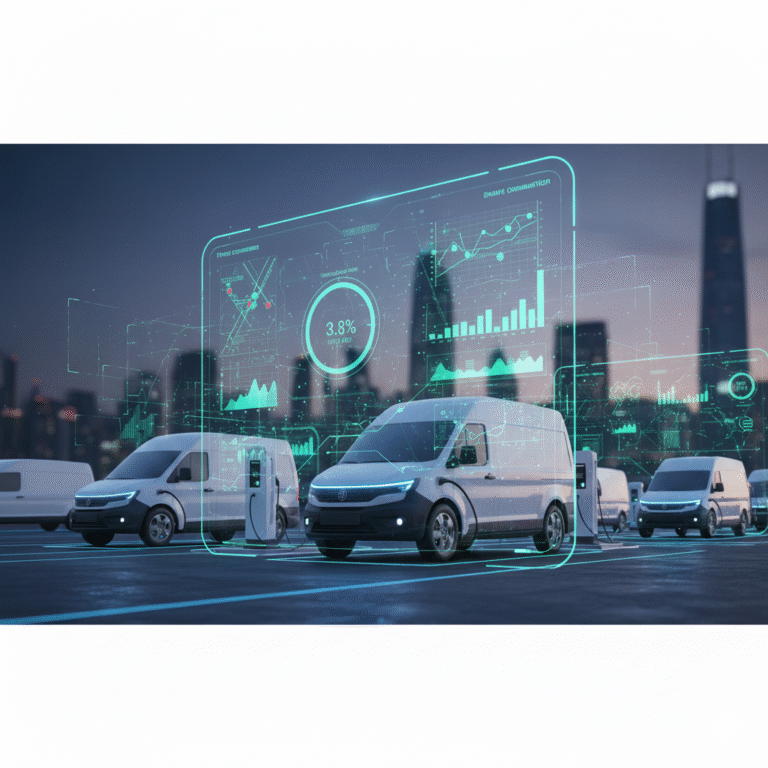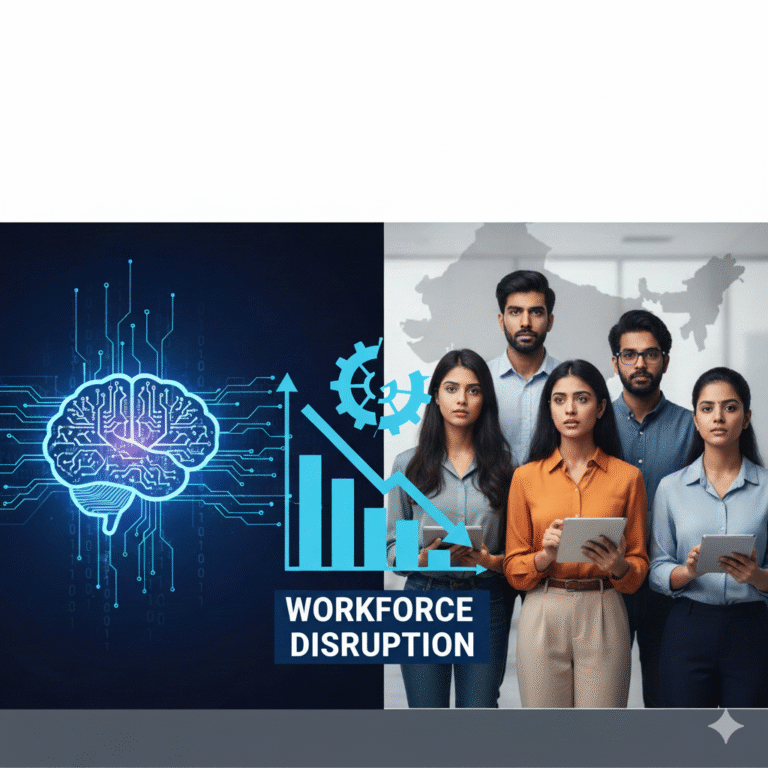Imagine a robot that doesn’t just follow pre-set scripts or fixed routes, but thinks on its “feet”—weaving through warehouses, adapting to shifting workloads, recognizing parts and people, and solving problems autonomously. With the debut of SUYUAN, Shanghai Electric’s latest humanoid robot revealed at WAIC 2025, the era of truly intelligent industrial automation is here. ainvest
Let’s unpack what makes SUYUAN a game-changer for factories and logistics, how it leverages bleeding-edge AI and robotics, and why this marks a seismic shift for supply chains worldwide.
Why SUYUAN? The Next Chapter in Smart Manufacturing
From Static to Dynamic Automation
Traditional industrial robots revolutionized repetitive tasks in controlled settings—think robotic arms on assembly lines. But logistics and manufacturing floors are rarely static: inventory shifts, humans move, unexpected obstacles pop up. Humanoid robots like SUYUAN fill this critical gap—bringing flexibility, situational awareness, and cognitive problem-solving to spaces where change is the only constant. rudebaguette
Inside SUYUAN: The Technology Behind the Transformation
1. Advanced Locomotion & Dexterity
- Human-like Mobility: SUYUAN can walk, turn, kneel, and handle stairs or uneven floors. Its algorithms allow smooth navigation around people, pallets, and machinery.
- Robust Manipulation: Adaptive hands and wrists enable precise handling—grabbing boxes, screwing bolts, sorting parts, or repairing systems on the fly.
2. Embedded AI & Machine Vision
- Real-Time Decision Making: Deep learning engines process 3D visual data, sensor feeds, and operational tasks to make context-aware decisions.
- Object Recognition: From packages to tools, SUYUAN identifies and classifies thousands of items, ensuring error-free inventory, picking, sorting, or quality checks.
- Safety Protocols: Multi-modal sensors (vision, lidar, proximity) keep humans and assets protected, instantly stopping or slowing when an obstacle is detected.
3. Seamless Integration with Industrial Systems
- IoT & Digital Twins: SUYUAN syncs with warehouse management, ERP, and IoT platforms—receiving real-time instructions, updating digital replicas of workflows, and adjusting routes in response to changing needs.
- Collaborative Operation: Works alongside human teams, sharing tasks and taking on the heaviest, riskiest, or most repetitive work.
Real-World Impact: How Does SUYUAN Redefine Factory Floors?
Dramatically Boosting Efficiency
- 24/7 Operation: No fatigue, sick days, or breaks—SUYUAN keeps production moving nonstop.
- Dynamic Task Allocation: Instantly switches from material handling to inspection, maintenance, or packaging based on factory demands.
- Reduced Downtime: Quick diagnostics and on-the-spot repairs shrink costly production halts.
Taming the Complexity of Modern Warehouses
- Flexible Layouts: Can adapt to evolving warehouse plans, new products, and seasonal surges—no need for redesigning automation infrastructure.
- Peak-Season Resilience: Extra robots can be added for temporary spikes; tasks can be reprioritized algorithmically in real time.
Safer, Smarter Workplaces
- Collaborative Safety: Works safely beside humans, minimizing accidents—from heavy lifting to hazardous zones.
- Skill Elevation for Workers: Human teams focus on decision-making, troubleshooting, and oversight—instead of manual, repetitive tasks.
SUYUAN vs. Traditional Automation
| Feature | Traditional Robot | SUYUAN Humanoid Robot |
|---|---|---|
| Mobility | Fixed/limited | Advanced (walks, climbs) |
| Adaptability | Programmed only | AI-driven, self-adapting |
| Object Handling | Pre-defined shapes | Wide, real-world variety |
| Safety | Caged/separated | Real-time collaborative |
| Task Range | Single/limited | Multi-role, dynamic |
| Integration | Simple interfaces | Deep IoT/ERP connectivity |
| Deployment Flexibility | Requires retooling | Plug-and-play, scalable |
The Broader Vision: What SUYUAN Means for Industry 4.0
Accelerating the Smart Factory Revolution
- Agile Manufacturing: Human-robot synergy makes factories responsive to new orders, design changes, or market shifts.
- Data-Driven Optimization: Every movement and interaction is tracked, fueling continuous improvement and smarter workflows.
- Supply Chain Resilience: SUYUAN-equipped hubs can reallocate labor and resources dynamically, reducing bottlenecks and delivery delays.
Bridging Labor Gaps
As populations age and labor shortages hit logistics/industrial sectors, humanoid robots step in to fill critical gaps—especially where worker recruitment or retention is tough.
What Are the Challenges and Ethical Questions?
Technical Barriers
- Cost and ROI: Cutting-edge robotics require significant investment. Will falling hardware costs and productivity gains offset this for small and medium enterprises?
- Standards and Training: Seamless integration across varied legacy systems remains a hurdle—standardized protocols and cross-platform compatibility are vital.
Societal & Worker Considerations
- Job Displacement: The robot era raises hard questions about workforce evolution, reskilling, and the new role of human operators.
- Trust and Acceptance: Transparent safety features, clear communication, and collaborative design are key to winning worker buy-in.
What’s Next? The Road Ahead for Humanoid Factory Robots
Shanghai Electric’s SUYUAN represents just the beginning. As AI models grow smarter, battery technologies get lighter, and integration standards mature, we can expect:
- Swarm Robotics: Fleets of humanoid robots autonomously coordinating across expansive warehouses.
- Sector Expansion: Beyond logistics—into maintenance, construction, healthcare, and public services.
- Human-Robot Co-Creation: New workflows designed from the ground up for teams of humans and machine partners.
The smart, agile, and sustainable factory isn’t a distant dream—it’s being built, one robot at a time.
Automation Steps Into the Real World
SUYUAN’s arrival signals more than just impressive tech—it’s the dawn of real-world, embodied AI in spaces where change never stops and efficiency makes or breaks the business. For leaders seeking resilient, future-proofed operations, and for workers envisioning a new era of collaboration with machines, the future is not only automatic—it looks downright human.









+ There are no comments
Add yours